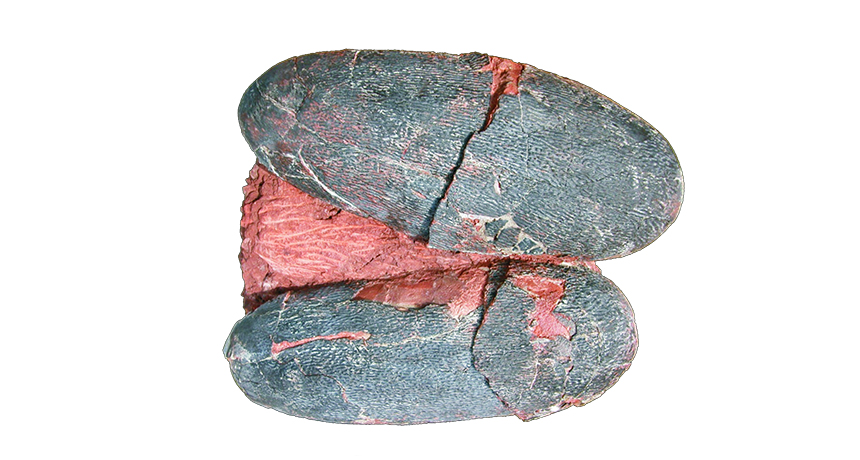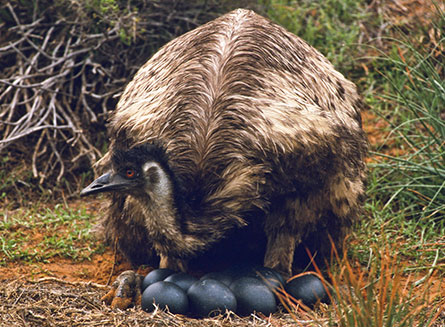Dino eggs came in different colors
Pigments found in fossil eggshells tell of nesting habits of some oviraptors

BLUE HUE Fossilized eggshells of the dinosaur Heyuannia huangi harbor pigments that would have colored the shells in shades of blue and brown.
Wiemann et al/PeerJ Preprints 2015








